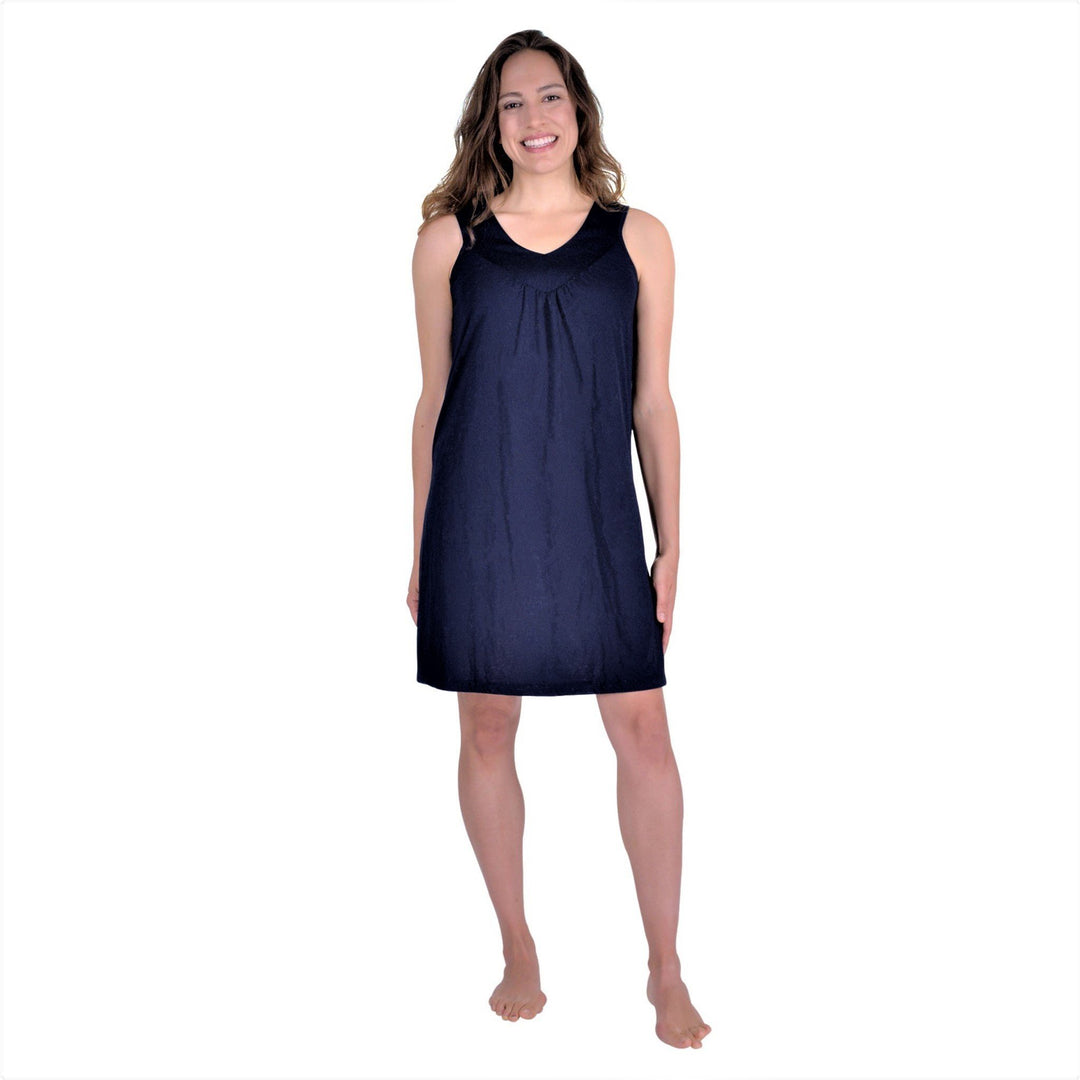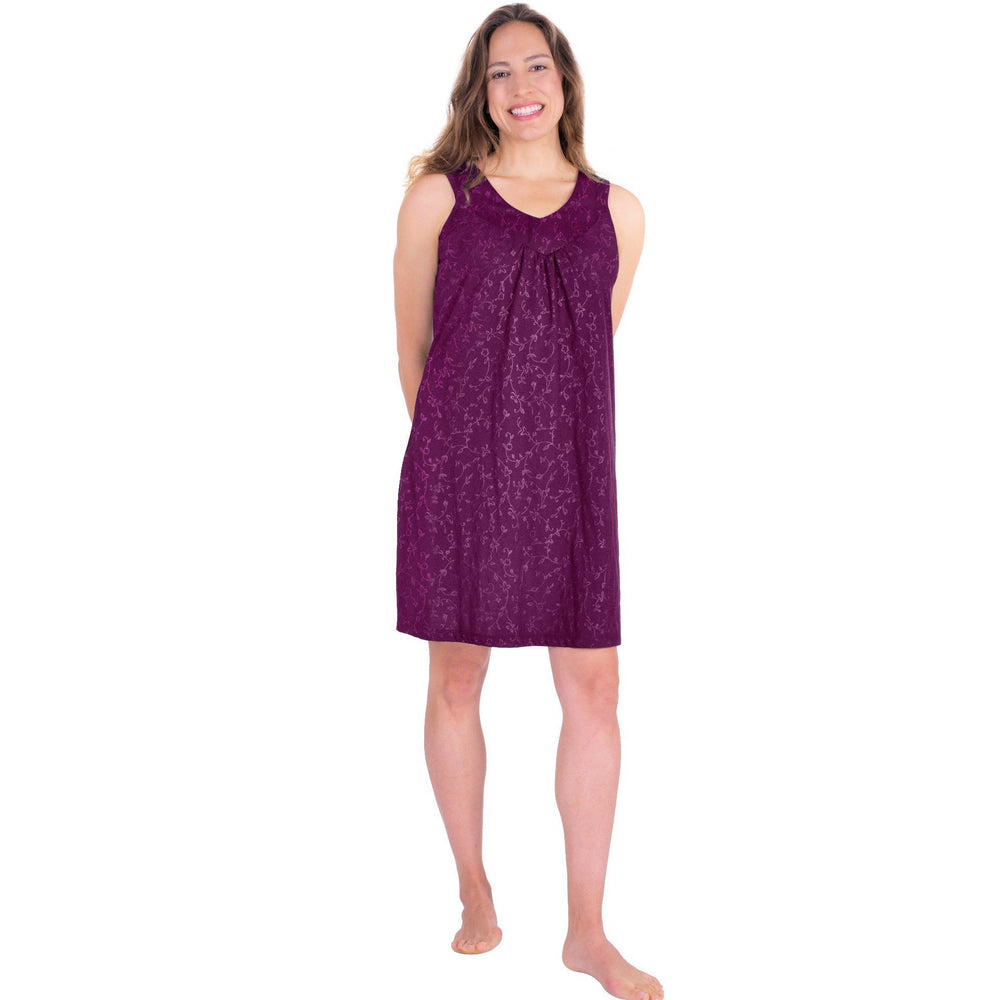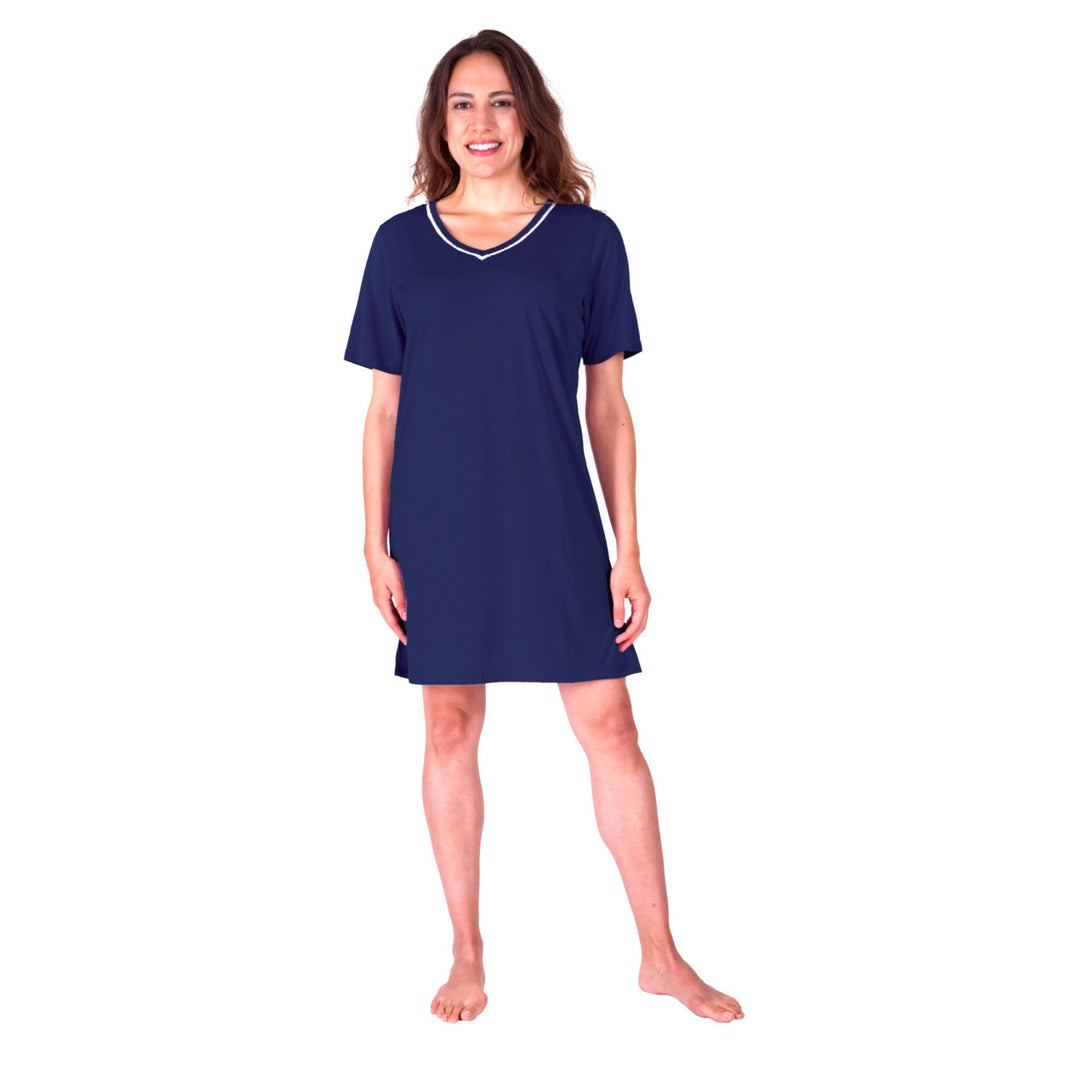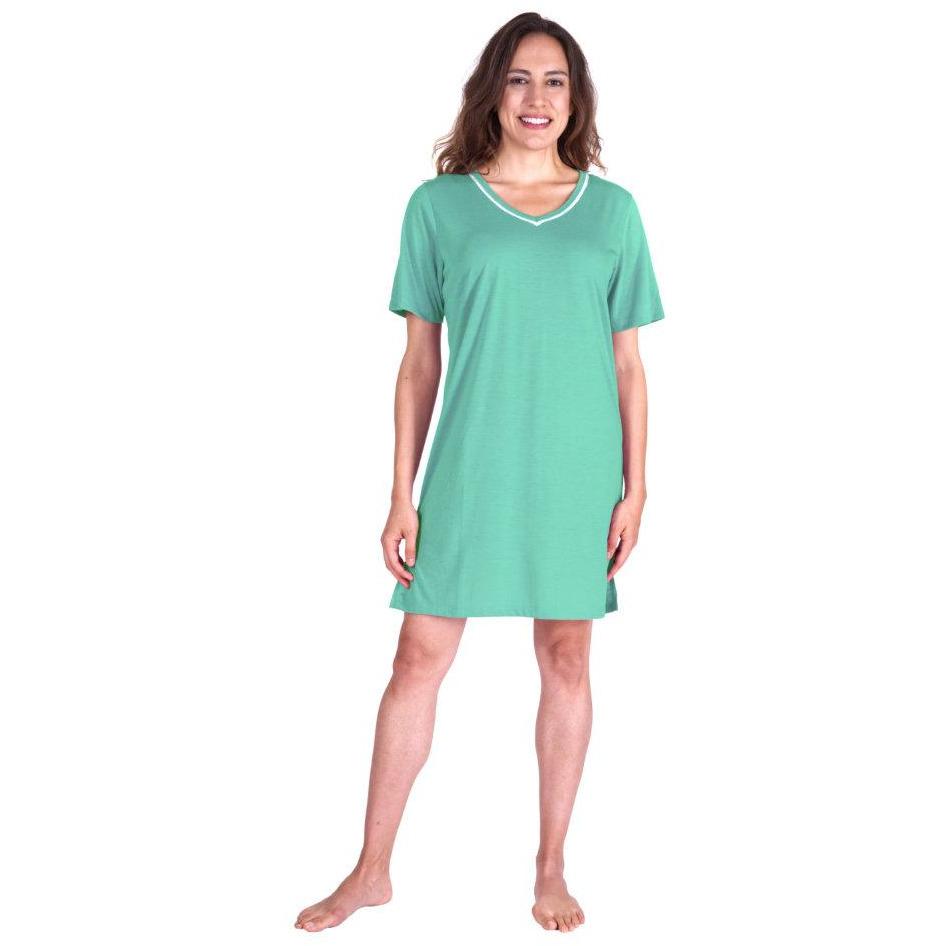Is Your Bed Making You Sick?

Having allergies can be tough. It takes vigilance to make sure you’re always prepared for any reactions or irritations that might arise. But fortunately, one area where it’s easy to create an allergen-free zone is your bed. There are tons of hypoallergenic bedding options that eliminate those irritations you worry about, allowing you to enjoy restful, restorative sleep night after night. But where should you begin when looking at all your options?
Learn more about how to choose hypoallergenic bedding that suits your needs.
Step 1: Identify Your Allergies: You might have sensitivity to certain fabrics. Maybe you’re allergic to dust mites. Or is it mold that triggers your allergies? It’s important to know exactly what types of allergens you’re trying to avoid. That way, you can find hypoallergenic bedding that’s specifically geared towards keeping you comfortable.
Step 2: Cover Your Mattress: Use protective mattress covers If allergens like mold, dander and dust mites cause issues for you, you’ll want to protect your mattress with a hypoallergenic cover. This type of cover can also be used for your pillow to ensure that you aren’t breathing these allergens in while you sleep.
Step 3: Choose Natural Bedding: One of the best things you can do to cut back on allergic reactions in bed is to choose bedding made with natural fibers. Cotton, wool and silk are all examples of fabrics which can be hypoallergenic in their purest forms. Another option is bamboo bedding, like Cool-jams Cool Wicking Bamboo Sheet Set. This is a wonderful hypoallergenic bedding option that optimizing a cool, comfortable sleeping experience. If you’re looking for ways to make your home more comfortable, go with all hypoallergenic bedding. Even if you don’t have allergies, you may not be aware of the irritating substances your current bedding contains. Switching to hypoallergenic fibers is a smart move for your health.







